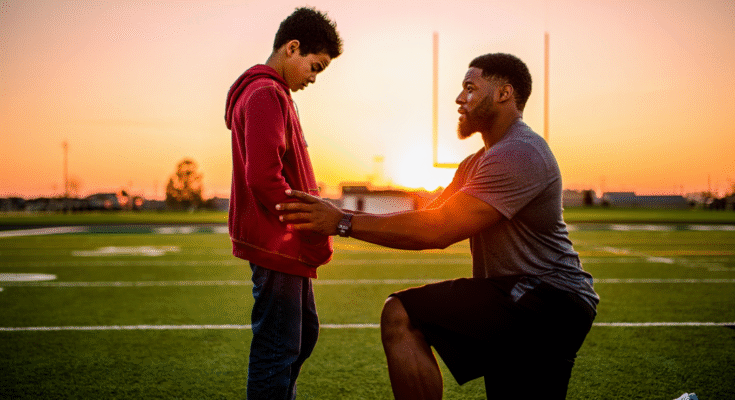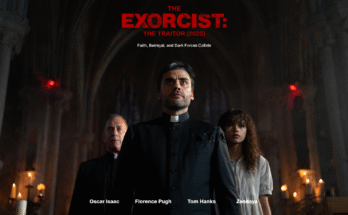Fifteen years after The Blind Side captured hearts worldwide, The Blind Side 2 (2025) returns with a powerful and deeply human continuation of Michael Oher’s story. Where the first film was about finding family and opportunity, the sequel examines what happens when the bright lights dim, when glory on the field gives way to the challenges of everyday life.
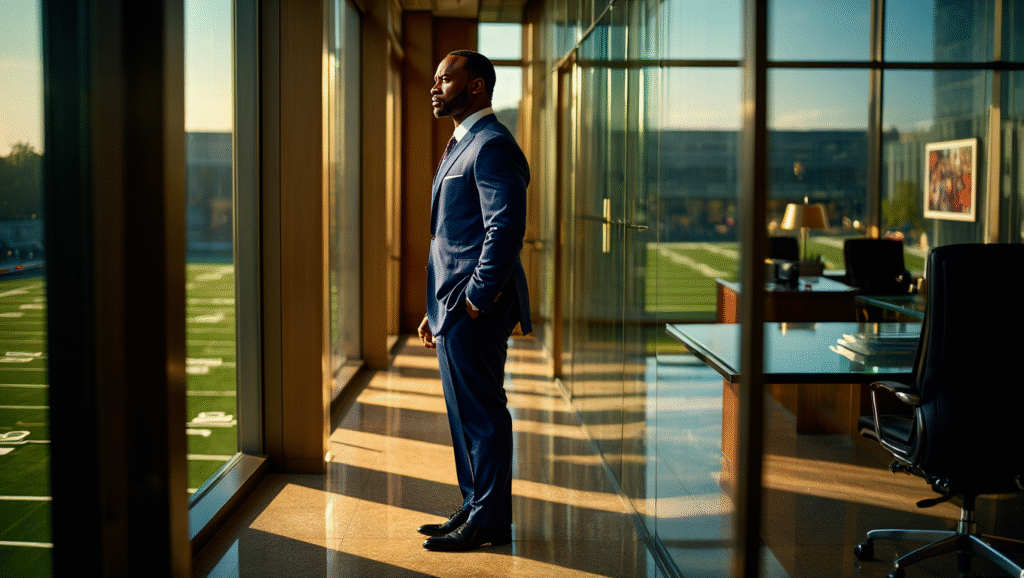
From its opening moments, the film makes it clear this is not a repeat of the original. Michael (Quinton Aaron) is no longer the wide-eyed teen with an uncertain future—he’s a man who has lived the dream, achieved greatness, and now faces the harsh reality of life after football. Career-ending injuries have left him at a crossroads, struggling not only with identity but with the pressures of legacy. His vulnerability grounds the film, making it as much about resilience as it is about reinvention.
Sandra Bullock once again commands the screen as Leigh Anne Tuohy, bringing the same fiery compassion that earned her an Oscar in the original. But this time, her role has matured. She’s not just the determined mother figure guiding Michael; she’s a woman juggling her own family responsibilities while extending her heart to another child in need. Bullock’s chemistry with Aaron remains heartfelt and authentic, their bond anchoring the story in warmth even amid moments of conflict.

The narrative takes a bold step by exploring Michael’s challenges with public perception and exploitation. A predatory organization seeks to manipulate his name and achievements for profit, raising timely questions about fame, ownership, and integrity. This subplot gives the film a sharp edge, ensuring it’s not just sentimental drama but also a story with stakes and urgency.
One of the film’s strongest elements is the introduction of Michael’s new ally, a young man whose struggles mirror his own early life. Their bond becomes a mirror of mentorship, allowing Michael to pay forward the kindness and guidance he once received. This dynamic provides some of the film’s most moving sequences, reinforcing the theme that the cycle of support and compassion is what defines true victory.
Director John Lee Hancock returns with a steady hand, balancing the film’s emotional intimacy with moments of high tension. He frames Michael’s personal battles as just as dramatic as any fourth-quarter comeback, reminding viewers that courage isn’t limited to the football field. The pacing is deliberate, giving room for reflection while ensuring the central conflicts keep momentum.
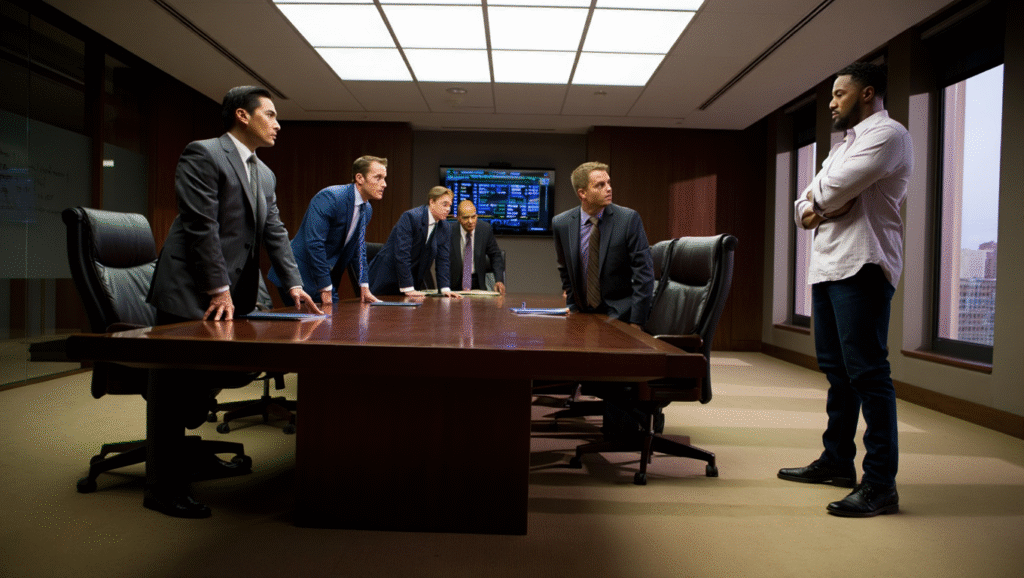
Cinematography plays a key role in this sequel, contrasting the grand arenas of Michael’s past with the quieter, more vulnerable spaces of his present life. Scenes of him walking through empty stadiums or sitting alone in locker rooms are visually poetic, embodying the theme of transition. The score, tender and swelling, ties these images together with a resonance that lingers.
Bullock and Aaron’s performances shine brightest when the film zeroes in on family. Whether it’s Leigh Anne’s fiery confrontations with those threatening Michael or the quiet, heartfelt exchanges between Michael and his newfound protégé, the film reminds us that chosen family is the foundation upon which everything else stands.
As the story builds toward its climax, the emotional weight lands not on a game-winning touchdown, but on Michael reclaiming his narrative—choosing who he is beyond the sport and affirming his worth outside the gridiron. It’s a conclusion that feels earned, honest, and inspiring without resorting to easy sentimentality.
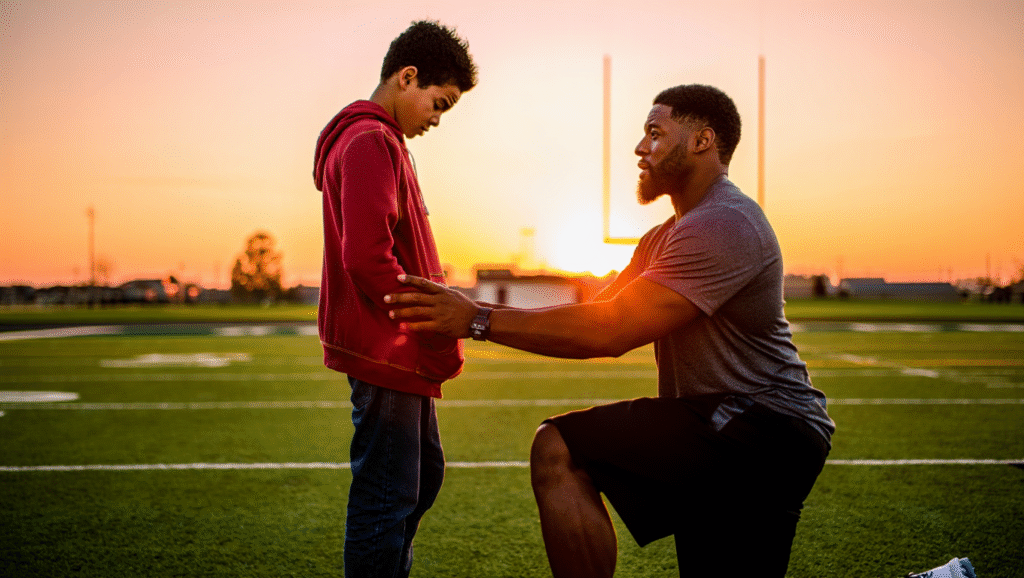
⭐ Rating: 4.6/5 – The Blind Side 2 is a heartfelt and inspiring sequel that trades the triumphs of the field for the victories of the soul. With stellar performances and a story that resonates with truth and emotion, it proves that family and resilience are the most enduring legacies of all.
